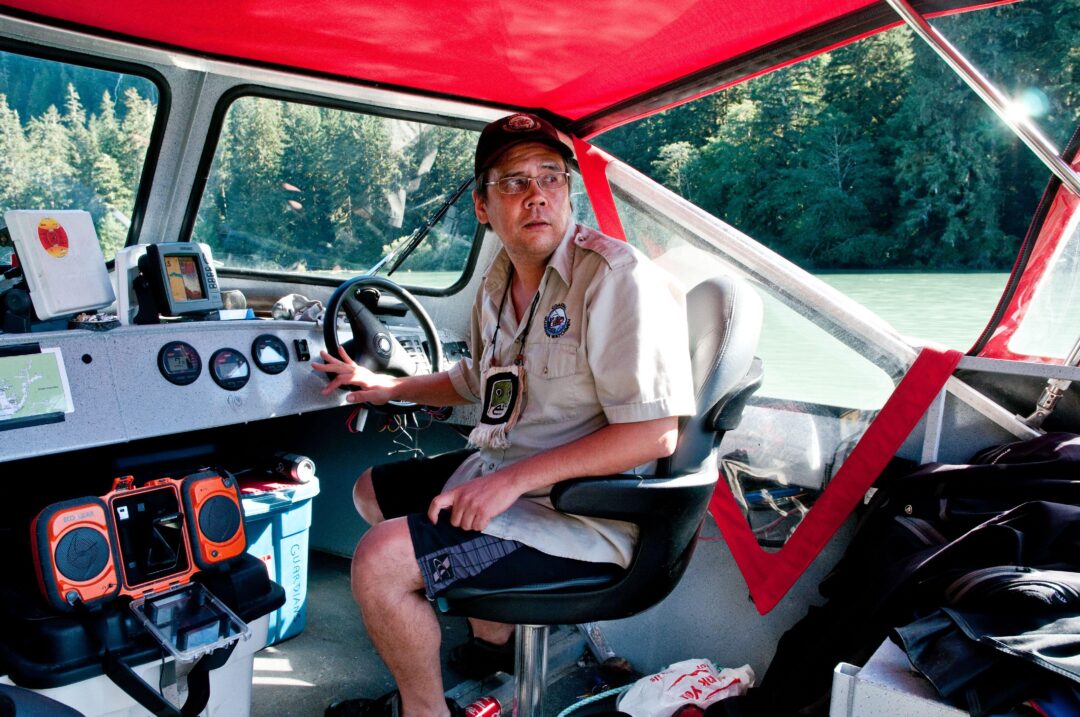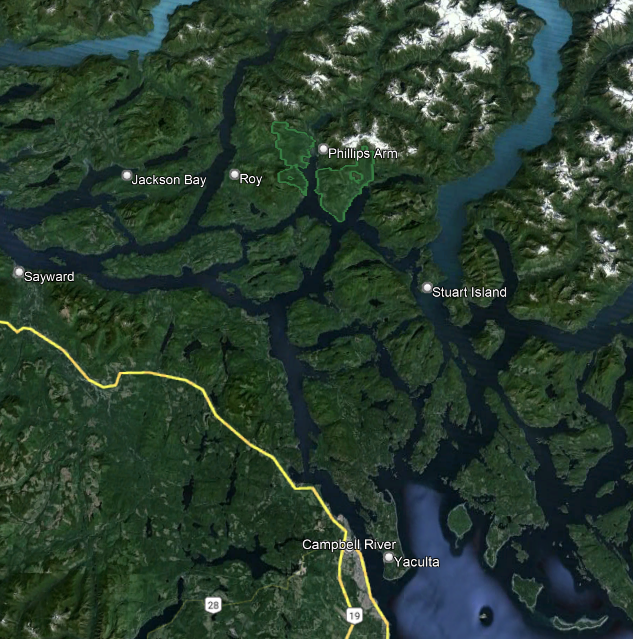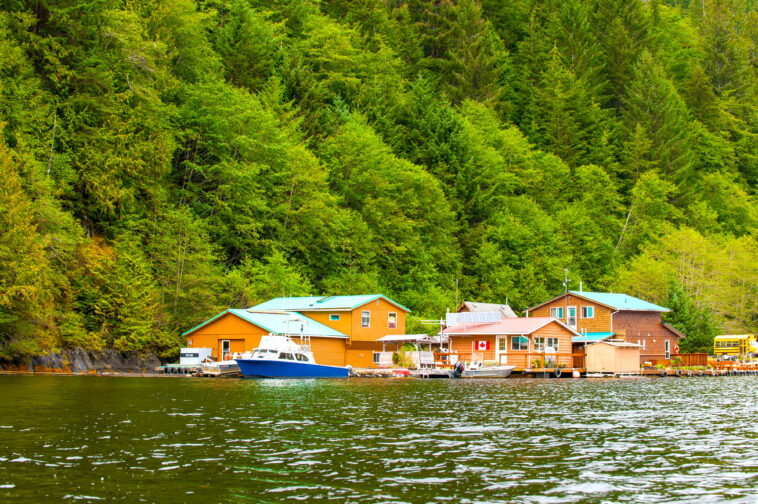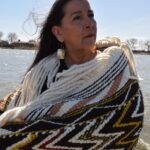The provincial government is seeking public input on a new conservation plan for the Great Bear Rainforest on BC’s north and central coast. The proposal seeks to create a new Special Forest Management Area (SFMA) that would support 7865 hectares of forested land being transitioned from commercial harvesting towards conservation and regenerative forestry.
The province is collaborating with the Kwiakah First Nation on this plan that seeks to understand how this change may impact existing uses of the area near Philips Arm. “We are excited to build a future … where nən (grizzly bears) and their cubs roam through mossy, misty forests, not searching long to find a bounty of berries, roots, and fish to eat,” wrote the Kwiakah First Nation in a statement.
“Where, 50 years from now, young adults and children won’t know what badly managed forests look like. Where all of us live in harmony with each other, our forests, and our oceans, leaving them healthier than we found them.”
“First Nations have been resourceful, responsible managers of our forests for thousands of years. It is gratifying to work with a government that recognizes that and is working with us to return our forests to those Indigenous-led, sustainable management systems.”
Dallas Smith, Tlowitsis Nation leader and President of the Nanwakolas Council

This would be the ninth SFMA in the Great Bear Rainforest, the world’s largest remaining temperate rainforest, which extends over 6.4 million hectares and is home to the iconic Spirit Bear. First Nations have been leading the stewardship in the Great Bear Rainforest, including recently announced expanded protections for bear and fish habitats.
The new measures, announced last year by the BC government and 11 of the 26 Nations with territory in the Great Bear Rainforest, including safeguarding key watersheds from logging activities to protect Pacific salmon, new regulations for industry to protect and map out bear habitats, and cultural protections for Indigenous heritage sites and old-growth trees. These changes do not prohibit logging, however, which is still permitted on 550,000 hectares of forest to produce 2.5 million cubic metres of timber annually.
At the time, Dallas Smith, Tlowitsis Nation leader and president of the Nanwakolas Council, said, “First Nations have been resourceful, responsible managers of our forests for thousands of years. It is gratifying to work with a government that recognizes that and is working with us to return our forests to those Indigenous-led, sustainable management systems.”

As for the newly proposed Special Forest Management Area, the Kwiakah First Nation advocates for practising regenerative forestry on the land, meaning non-commercial forestry that is intended to bring the forest back to its original state, prior to industry’s arrival in the region. Currently, the plan for any lost revenue by commercial entities will be offset through carbon credits and job creation in the regenerative forestry sector.
The Kwiakah First Nation is one of the smallest First Nations in BC, with only 22 active members. Most live predominantly in Campbell River, though recently, many of its people have been returning to their traditional territory in Philips Arm and Stuart Island. The Nation is leading important ecological conservation projects on its territory, including restoration projects in the ᕈNacinuxᵂ Conservancy and the Phillips River watershed.
Feedback on the proposed SFMA can be submitted to [email protected] by April 5, 2024.




